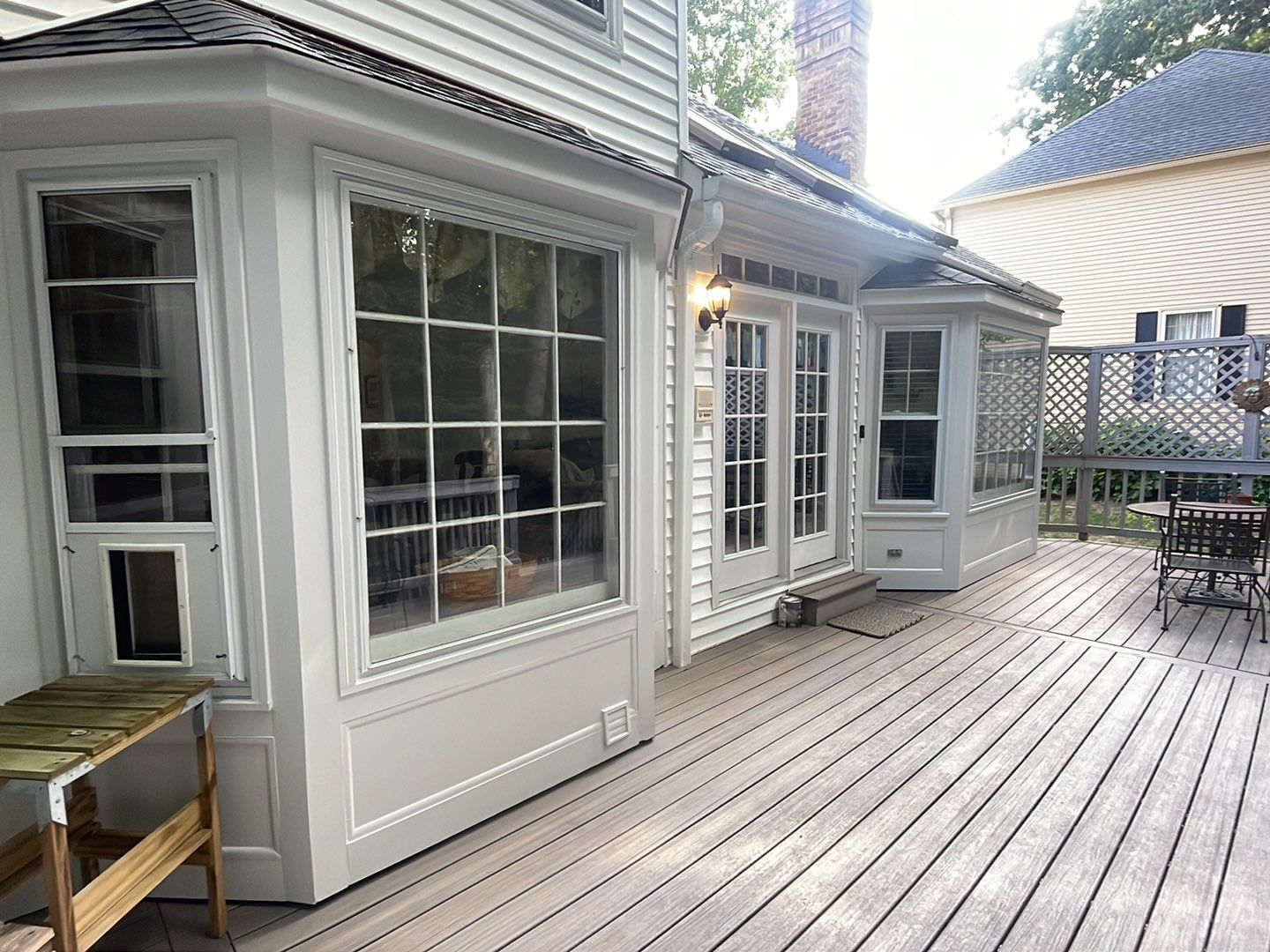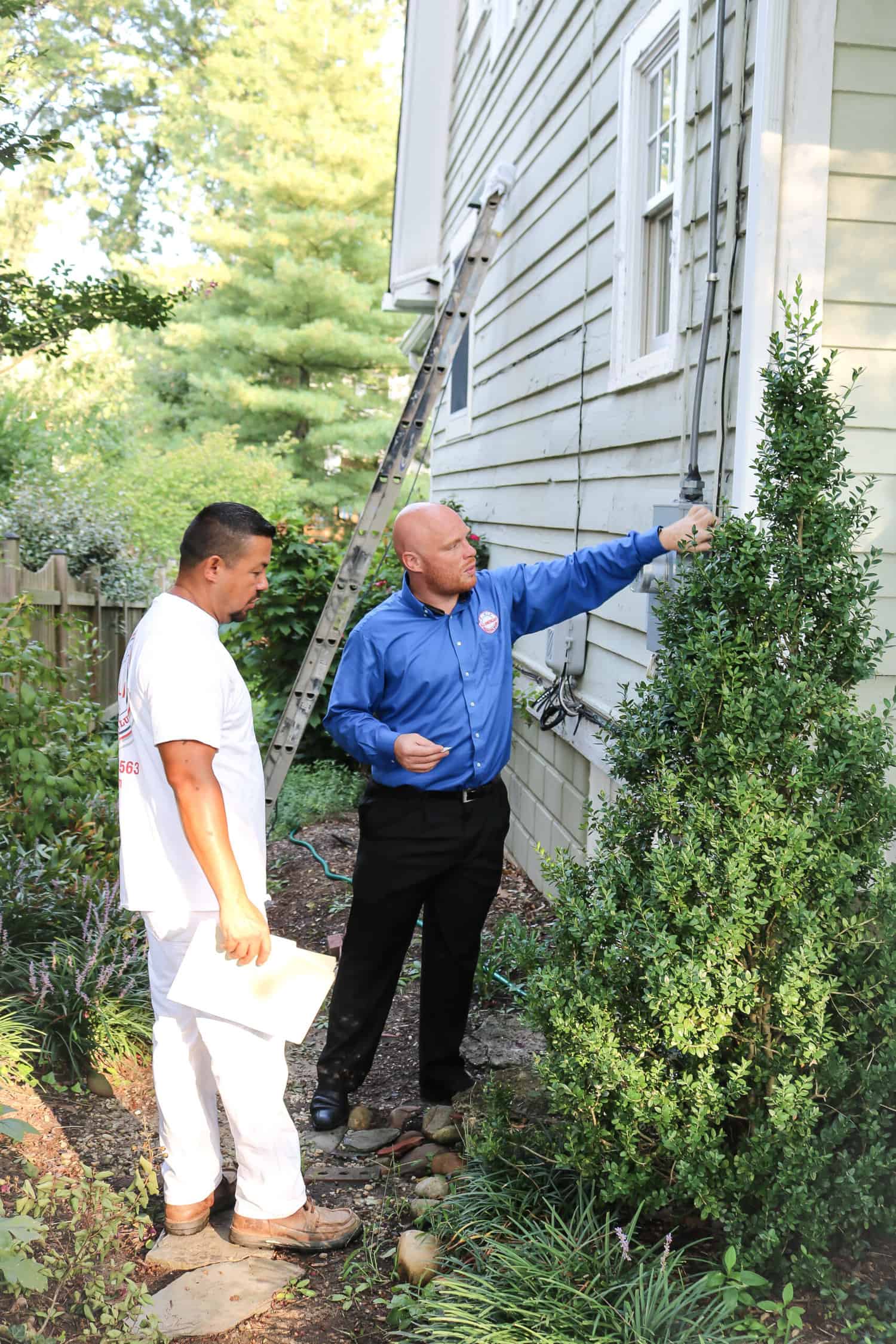No matter where you live, weather conditions can be quite dynamic, especially in the winter and spring. Of course, some areas of the U.S. experience more turbulent weather than others. Regardless, professional painters have to consider the local climate before they start a painting job, especially when painting exteriors. Temperature, moisture, and other environmental factors can have a major impact on every part of the painting process. Let’s take a deeper look into this relationship and discuss the optimal conditions for residential painting.
Too Hot, Too Cold, or Just Right
As paint technology has improved over the years, the recommended range of painting temperatures has expanded. In other words, painters now have a bit more leeway when it comes to painting in certain temperatures. Still, painting services should not get to work if it’s too hot or too cold out. Excessive heat will cause paint to dry faster than it can bind. Conversely, cold temperatures will cause paint to dry too slowly, resulting in an uneven finish or water spots.
In general, the Goldilocks temperature range for painting is between about 50-85 degrees Fahrenheit. Painting between these temperatures will help ensure that the paint dries evenly and won’t need too much touching up. Keep in mind, however, that different paint types and brands might vary a bit in this regard. It’s important to read the instructions and get some information online first.
Moisture Matters Much
Temperature is by far the most noticeable weather factor that can affect exterior painting, but it’s not the only one. The moisture in the air also affects paint application and dry times. Moisture in the form of rain is fairly easy to predict and account for. If it’s going to rain, home painters will hold off until the forecast shows signs of drier weather. The home’s surface must be dry for the paint to stick properly.
But rain isn’t the only type of moisture to consider. Humidity and dew point must be taken into consideration when preparing to paint a home as well. Without getting too deep into the science, moisture in the air can lead to evaporation or condensation, affecting how the paint dries and how evenly it finishes. Of course, different types of paint contain different amounts of water, which changes their susceptibility to differences in humidity. Still, the drier the weather conditions, the better.
Drying is Part of the Process, Too
Climate matters greatly for applying paint to a home’s surface, but pro painters know that weather conditions continue to have an impact on the paint job after the final brush stroke. It can take anywhere from two to eight hours for the paint to dry, depending on what it’s made of and how much sunlight is hitting the surface. And, as the day goes on and the paint dries, it may begin to rain, temperatures may suddenly fluctuate, wind speeds may increase, etc. In other words, painters should look ahead to prepare for the weather conditions that will take place as the paint dries. This might mean that a scheduled paint job has to wait a day or two. This is for the best, however. Painting in the right conditions will make for a better looking, more durable coat.
If you want your home’s fresh coat of paint to last, you have to keep the climate in mind. Fortunately, the pros at All American Painting Plus know all about this. We will make sure to paint your home’s exterior in the best conditions possible so that you don’t have to worry about bubbling, peeling, or streaking. To learn more about all that we do, give us a call at (703)-620-5563!











